Description
Filipendula ulmaria ‘Aurea’
Delightful small meadowsweet with bright butter yellow foliage and fluffy cream flowers. Neat and small, ideal at the edge of a water feature. Prefers a moisture retentive soil. Will grow in sun or shade, but it can scorch in full sun during the summer, especially if the soil dries. In shade it will retain its colouring all year, which is more lemony in shade than the brassier colour of the leaves in sun. 30-45cm.
Filipendula are for the most part moisture lovers, growing naturally in fens, wetlands and damp ditches. The exception is Filipendula vulgaris which grows in drier grasslands naturally. It can be grown in moist soils providing that they drain well and don’t sit wet. The moisture lovers can be grown in situations from bog gardens to the open border, providing there is access to moisture in the summer. Given ample moisture they can tolerate a sunny position, though the yellow leaved Filipendula ulmaria ‘Aurea’ can scorch in full sun in the Summer.
Filipendula ulmaria and its forms grow into dense clumps, whilst the American Filipendula rubra has a more open, running habit.
Everyone knows that Salicylic acid can be found in the bark of willows (The Latin name of Willow is Salix). However it was from the flower heads of Filipendula that the active ingredient acetylsalicylic acid was first isolated as long ago as 1839. Meadowsweet is gentler on the stomach than is aspirin making it kinder in people with peptic ulcers.
The leaves of Filipendula vulgaris (dropwort) have been eaten in salads, also being used as opig fodder in Sweden. This may seem somewhat alarming as members of another genus, Oenanthe, which share the common name dropwort, are amongst the most poisonous of British natives.
The common name ‘Meadowsweet’ is derived from the Anglo-Saxon word ‘medu’=Mead as the plant was used to add flavour to mead; a drink brewed from honey.
Filipendula comes from the Latin ‘filum’ = thread and ‘pendulus’ = drooping. Some members have roots that hang together with thread-like sections.
Filipendula ulmaria (Spiraea ulmaria) Rosaceae. Meadowsweet, Dropwort

















































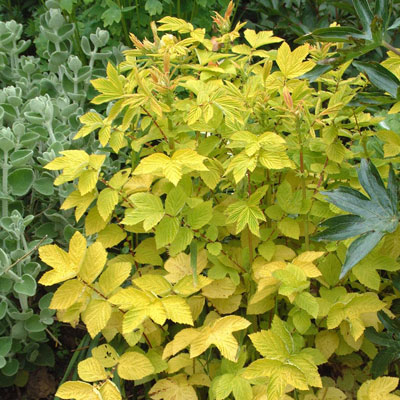

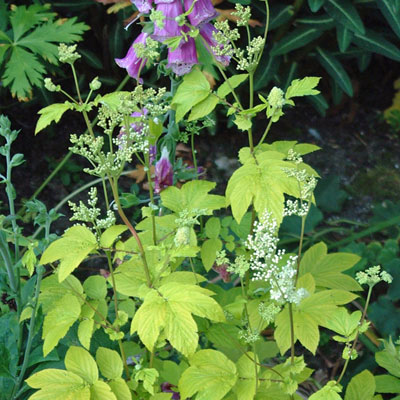
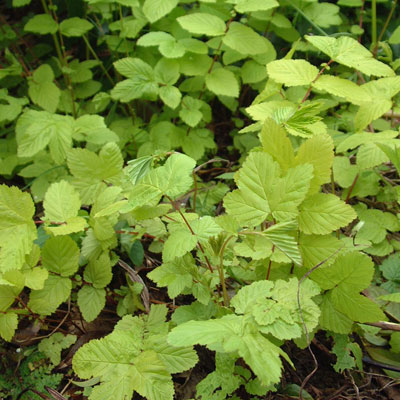

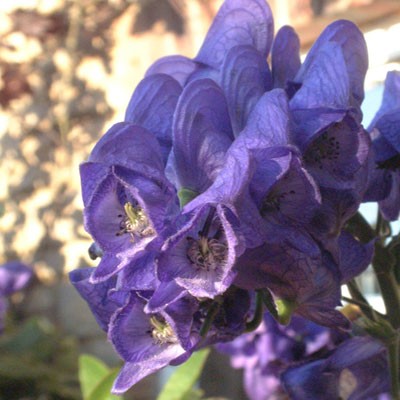
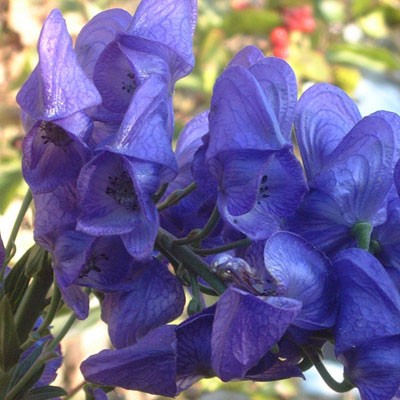
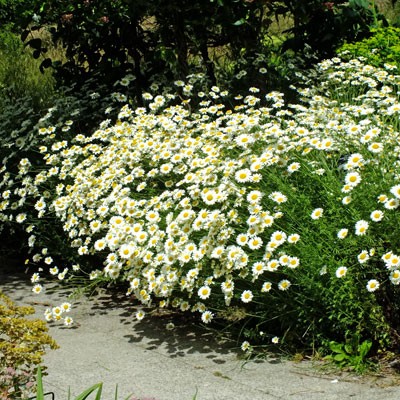
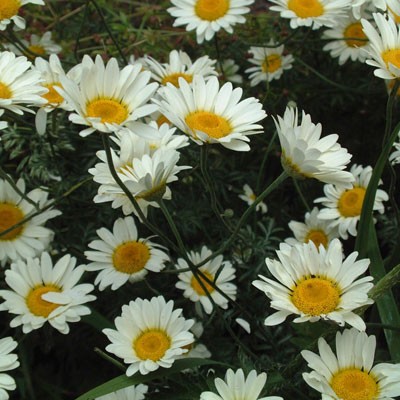
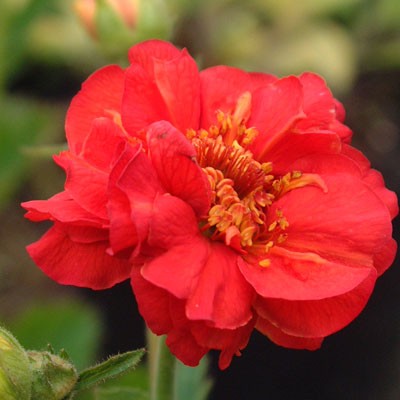

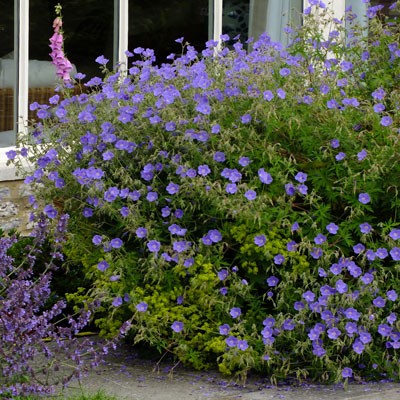

Reviews
There are no reviews yet.